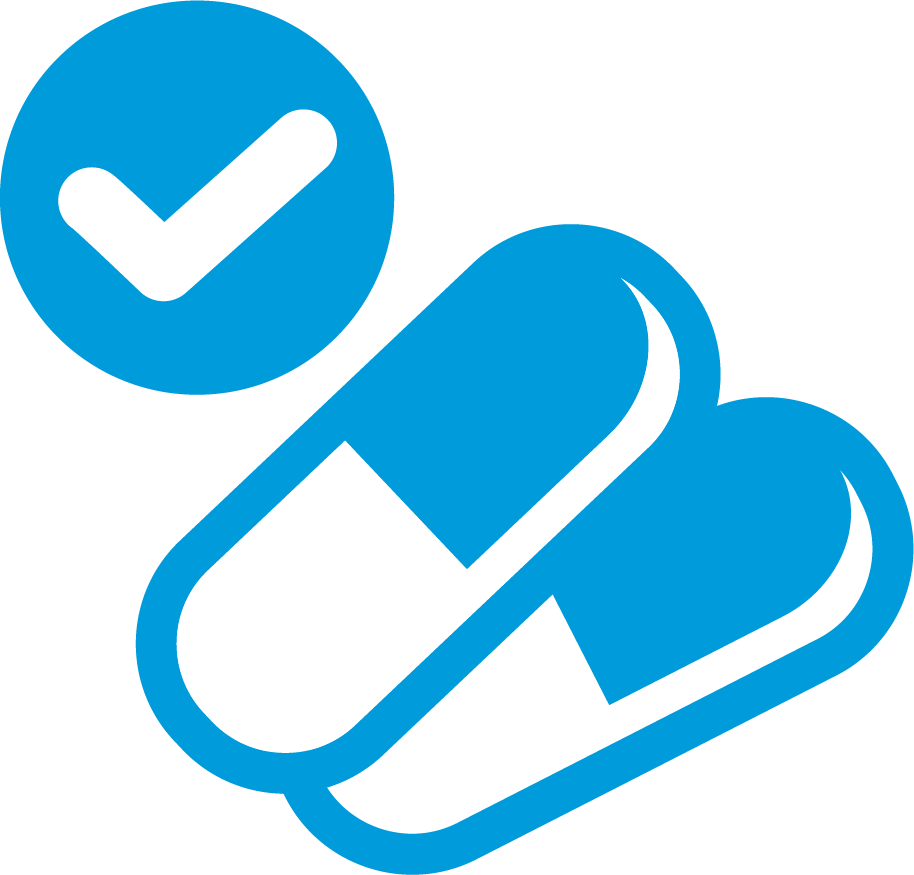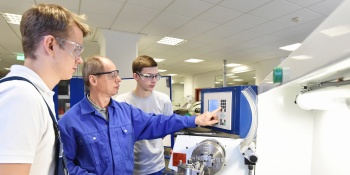
Nanostructured system for Pbmicose treatment



Attractive

Prevents injury to patients

Effective treatment
PROBLEM
PCM is a disease of great importance for Latin America due to its frequency, severity of some forms and mortality rates. The human infection occurs mainly through the respiratory system by the inhalation of the infecting form of the fungus Paracoccidiodes brasiliensis.
Treatment for PCM includes antibiotics and chemotherapeutics of synthetic origin, with Amphotericin B being the most commonly used antifungal. However, its toxicity causes problems for the kidneys and can also cause anemia by acting directly on the bone marrow. This new technology presents itself as a new approach in the treatment of PCM without presenting the problems existing by the current treatments.
SOLUTION
This new technology is showed as an excellent antifungal substance, without toxicity and with a high index of selectivity, 30 times bigger and safer than the drugs currently used in the treatment of PCM.

Idea

Laboratory

Prototype

Scheduling

Market







